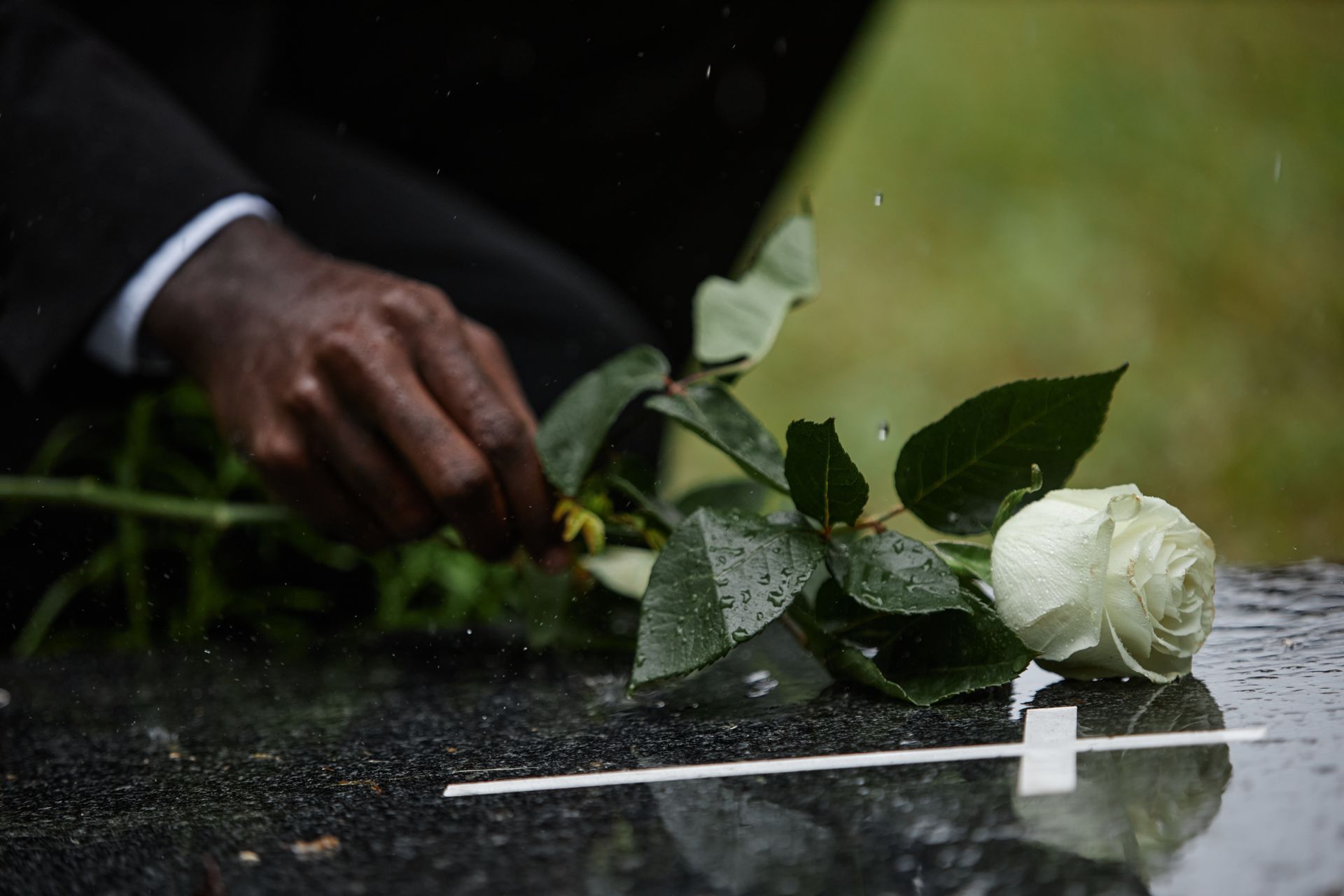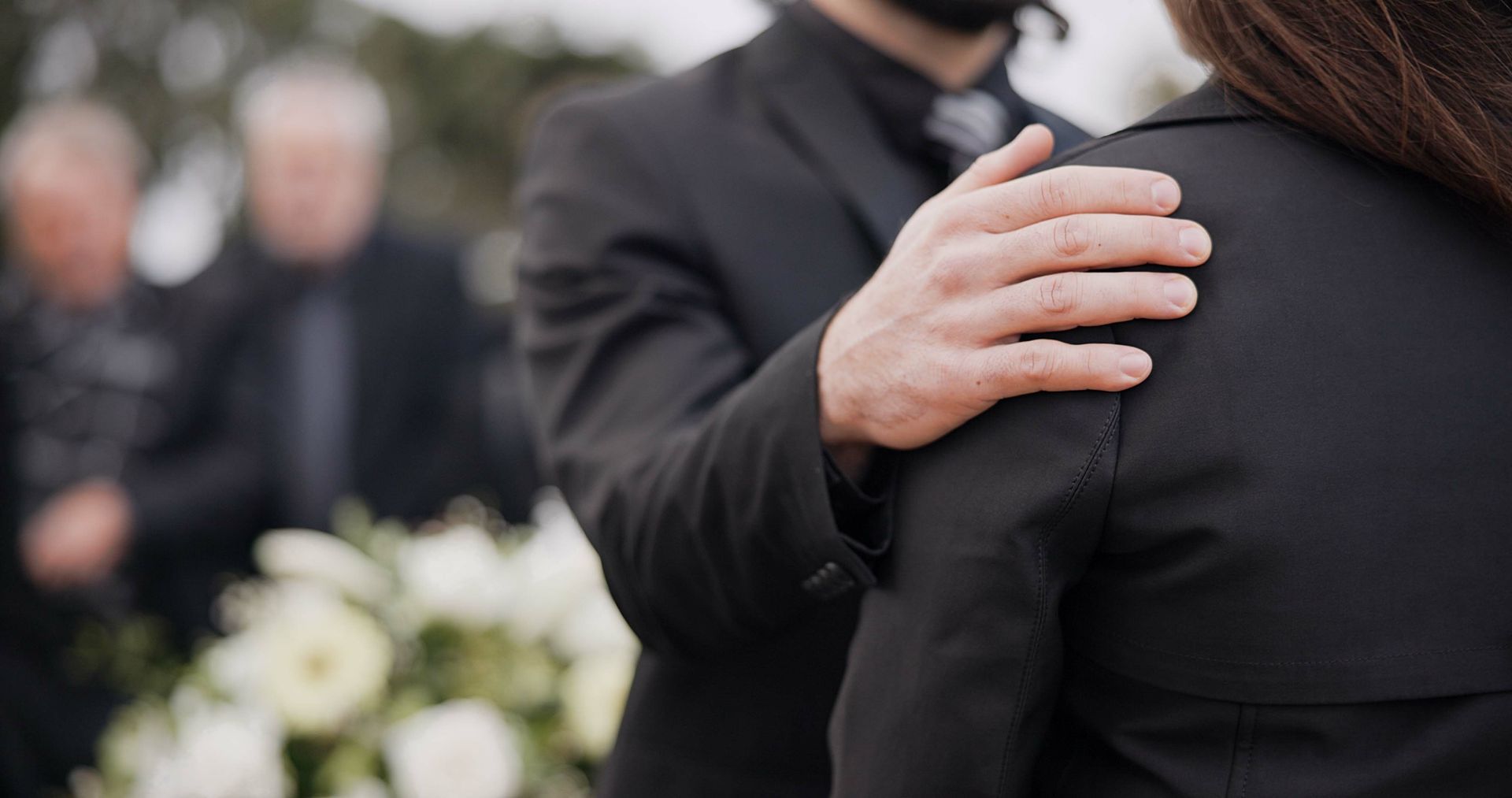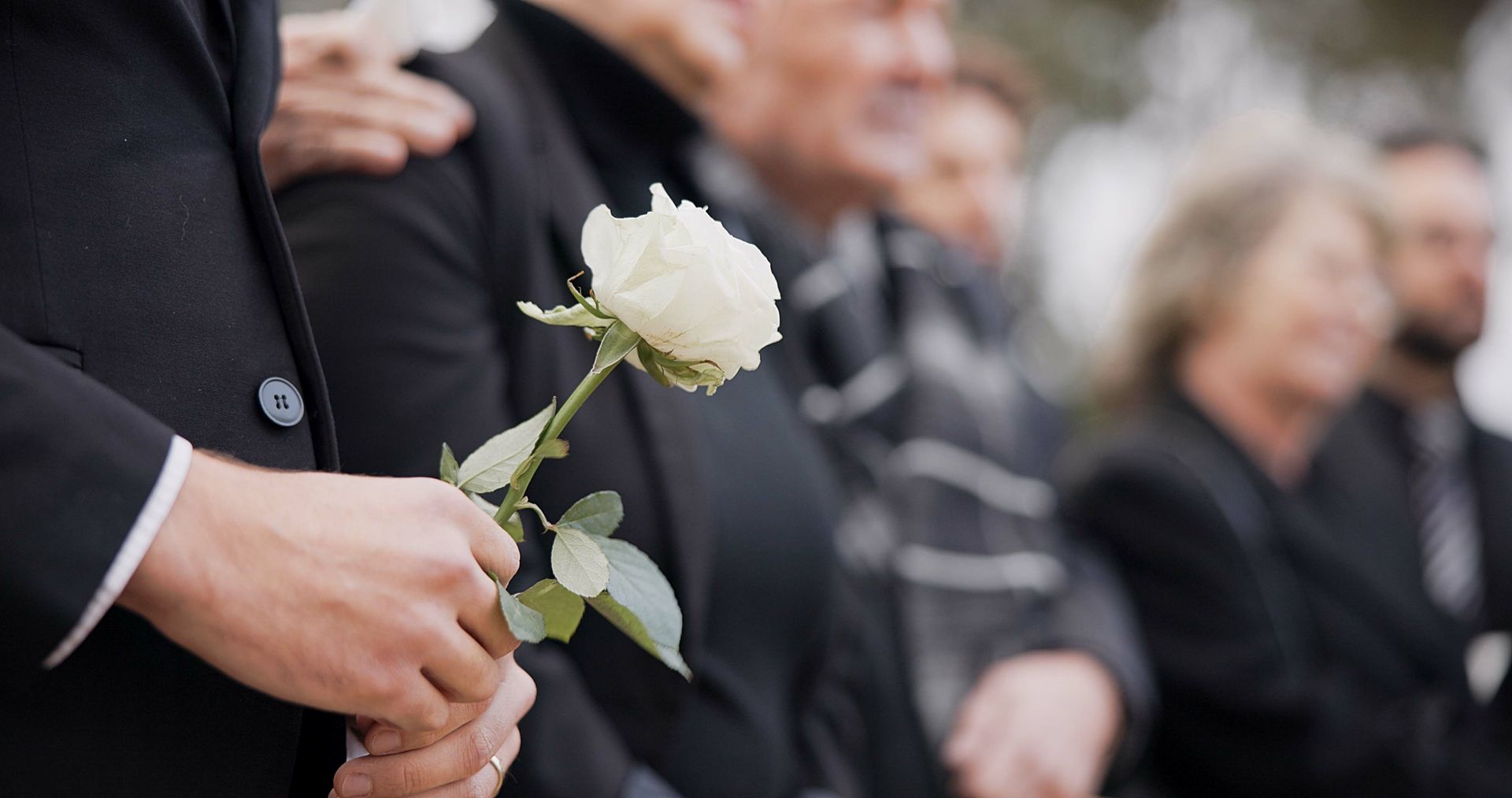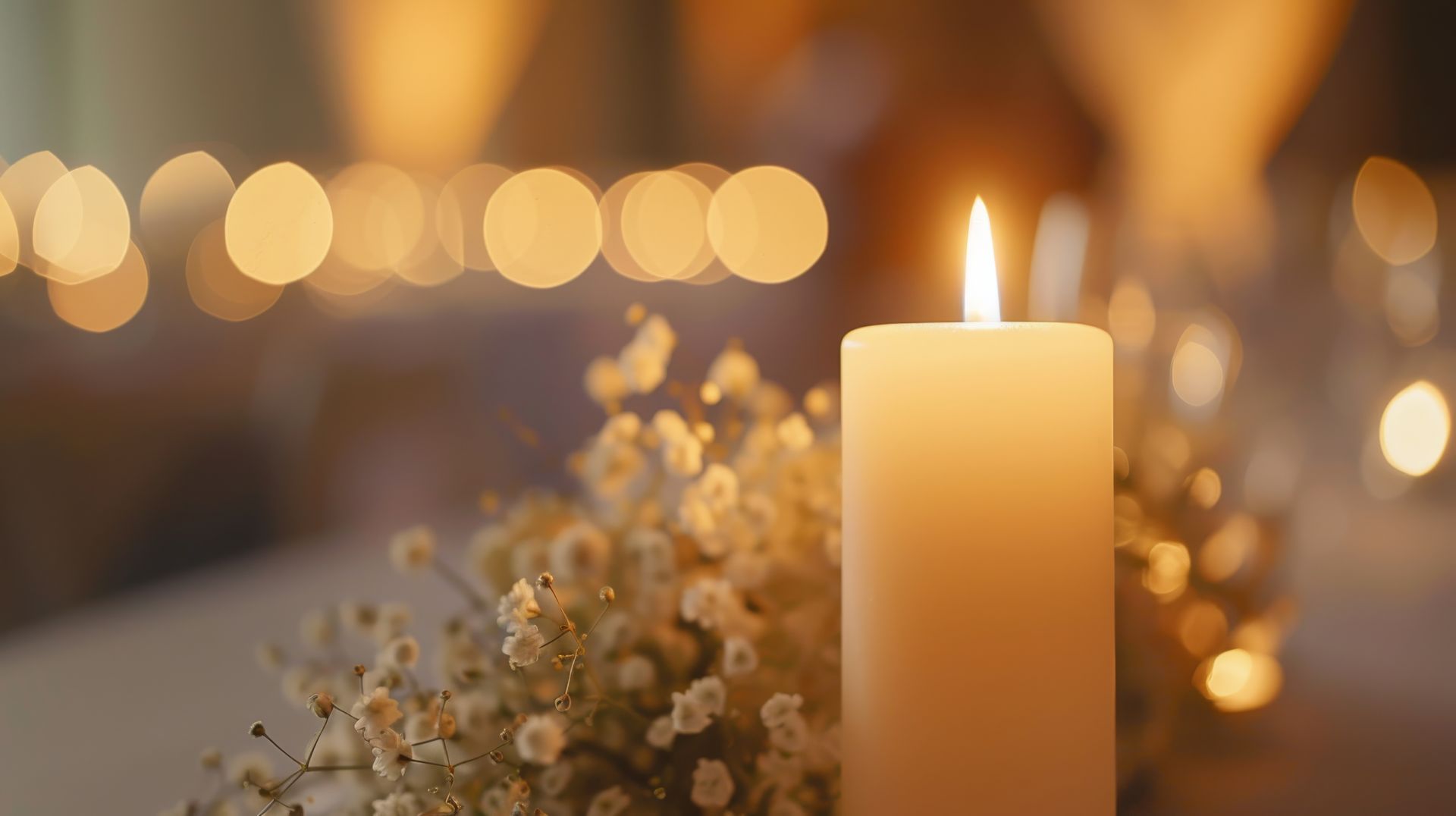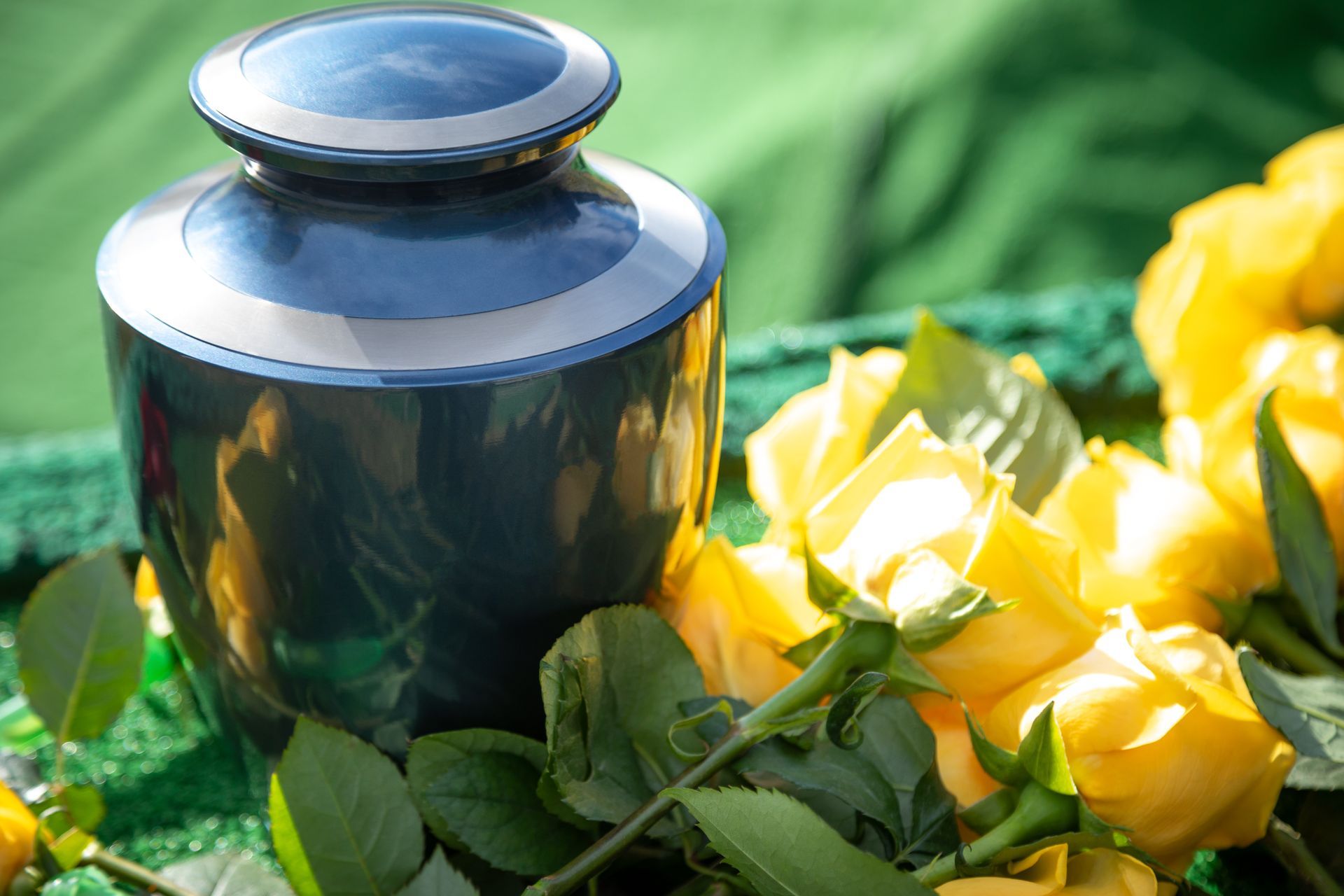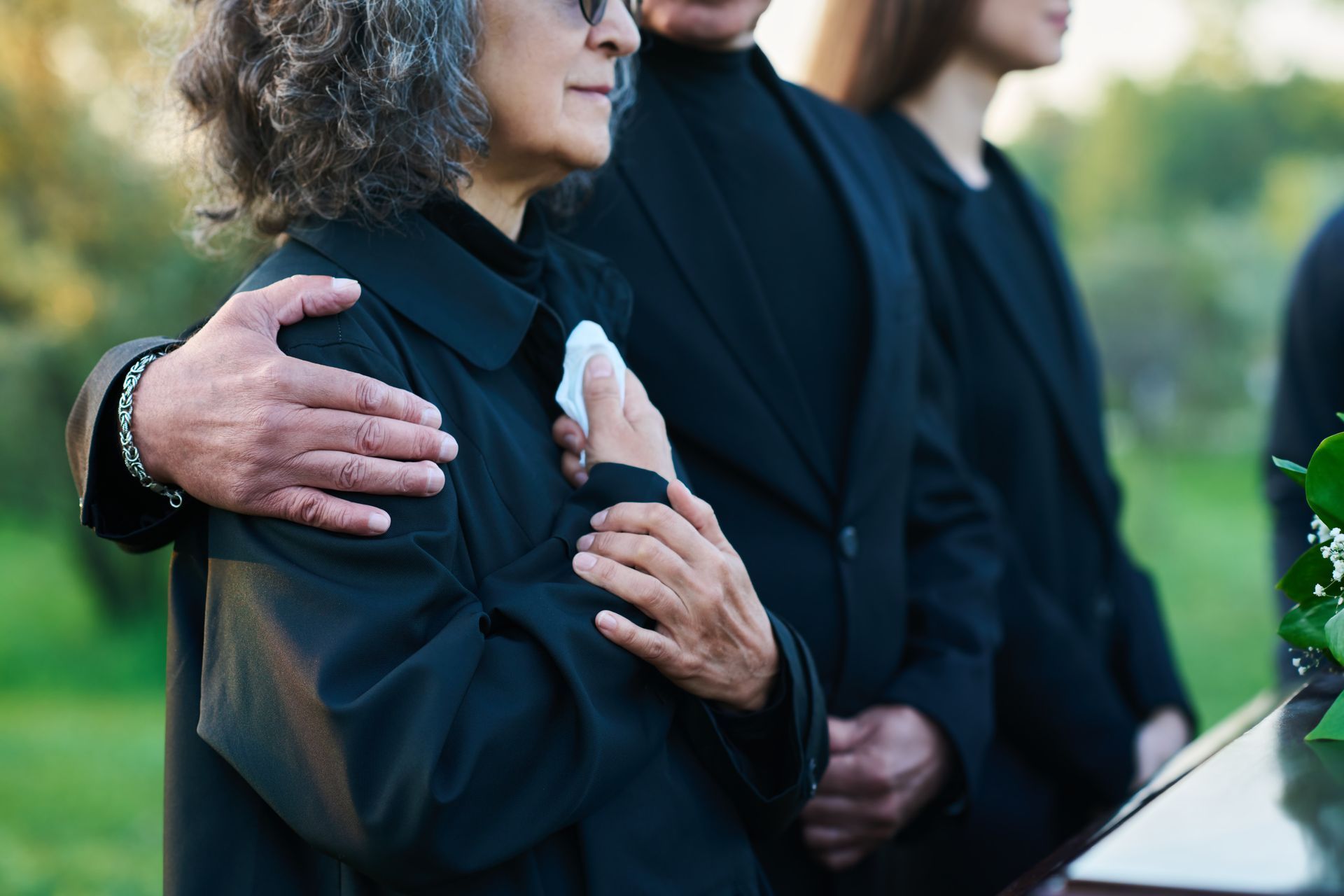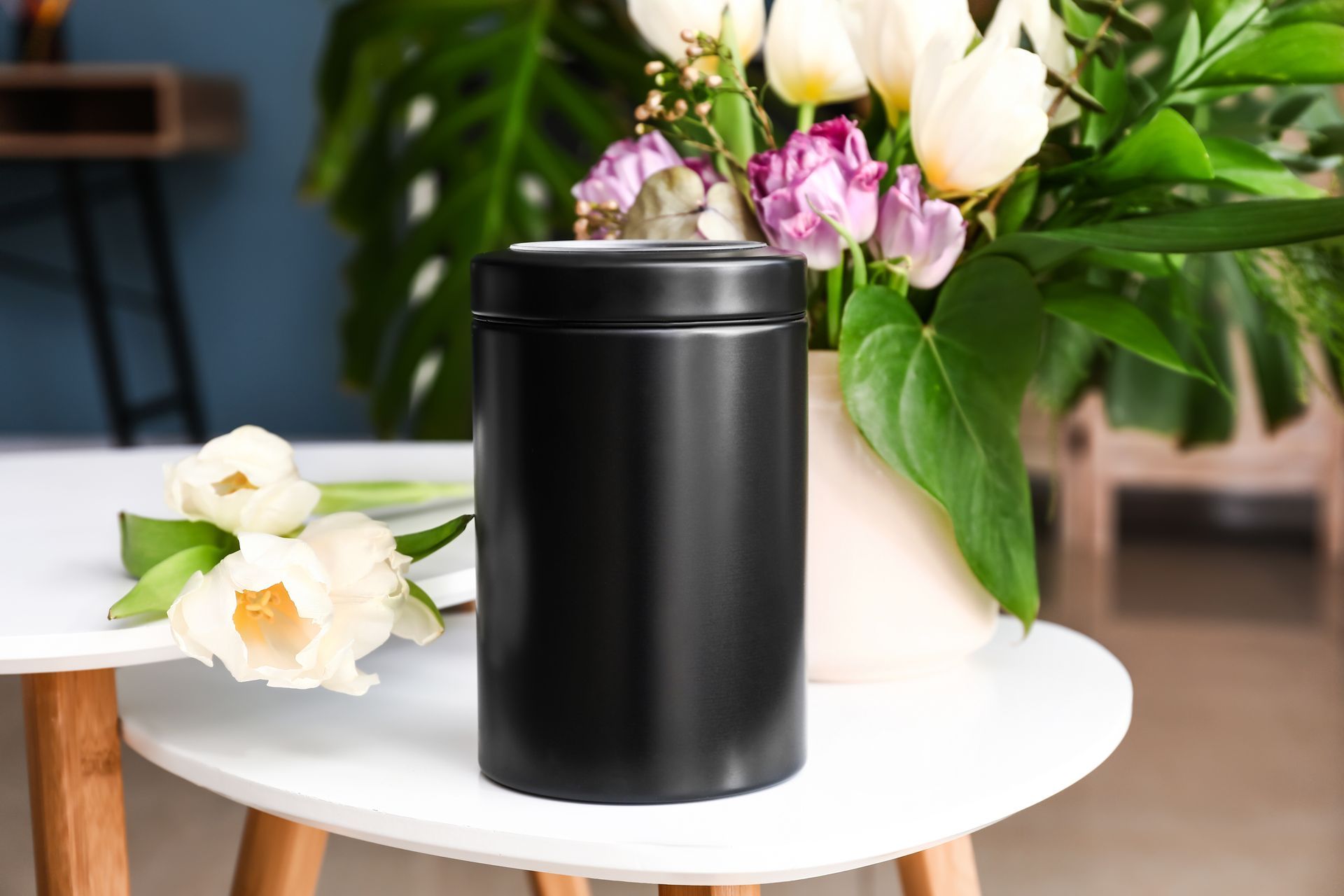Do More People Choose Cremation or Burial Today?
Do More People Choose Cremation or Burial Today?
Since the turn of the century, Americans’ approaches to death have evolved significantly. In previous decades, traditional funerals with burials were the norm, while only a small percentage of people opted for cremation. However, this trend has shifted in recent years. According to the National Funeral Directors Association (NFDA), the U.S. cremation rate is projected to increase by 1.3% over last year to 61.9%, while the burial rate is expected to decline by 1.3%, dropping to 33.2%. Over the past 25 years, the number of families choosing cremation has nearly doubled.
Several factors contribute to this shift:
Religious views have evolved: Many religions that once discouraged cremation are now more accepting of it as an option.
Cost considerations: Cremation can be less expensive than burial, as it does not always require embalming, caskets, or burial plots.
Flexibility: Cremated remains can be stored in an urn, made into jewelry or memorabilia, or scattered at a meaningful location with permission.
Timing: Cremation allows more flexibility in planning a memorial service and makes it easier to transport remains to a different location for a gathering or service.
Though cremation is on the rise, many families still choose burial for its traditional and personal significance. Cremated remains can also be interred in burial plots, columbaria, or urn gardens, offering a similar sense of permanence. Ultimately, the decision between burial and cremation is personal, and funeral directors can help families design a service that honors their preferences and supports them through the process.

